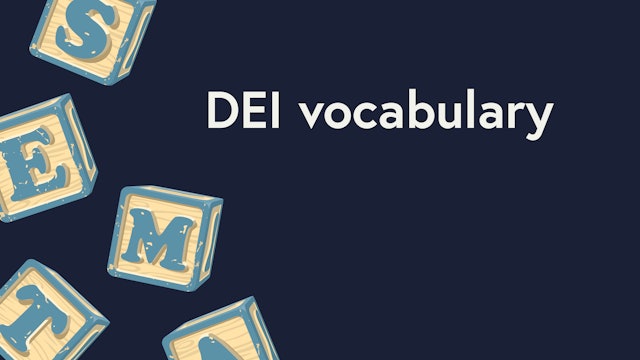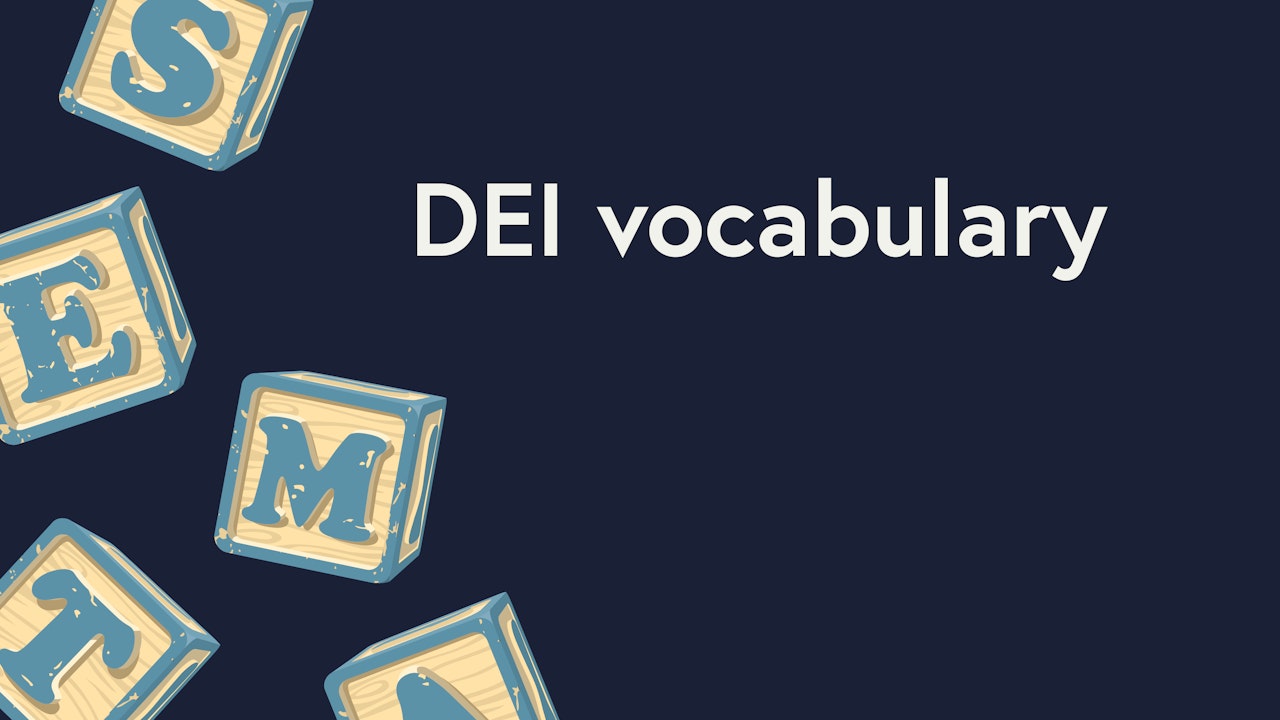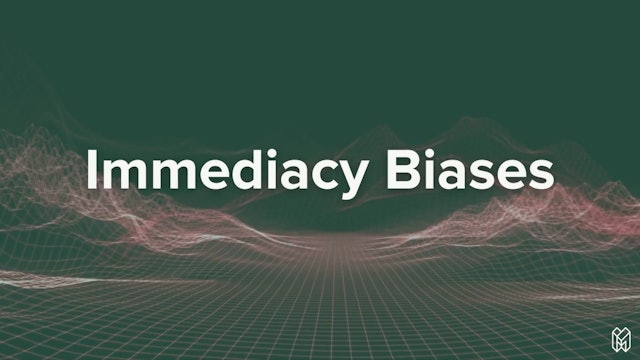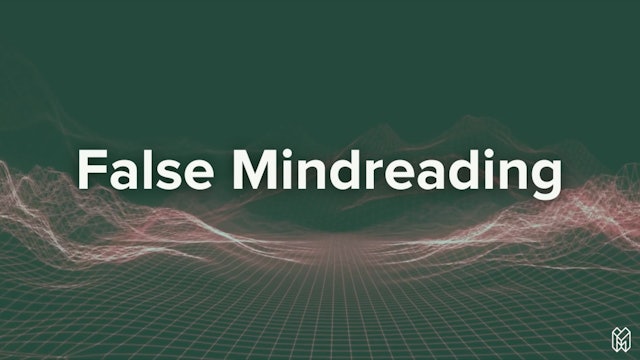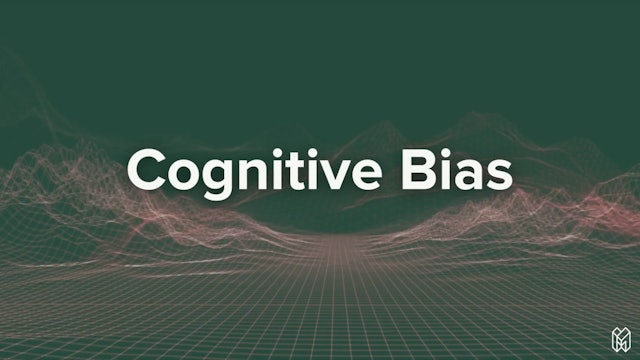-
What Is the Disability Employment Gap?
Recognize the most common workplace obstacles faced by the 43 million Americans with disabilities who are currently unemployed. Learn how you can tap into the potential of this underutilized segment of the workforce by creating a supportive and positive environment.
-
What is Evangelical Christianity?
The term Evangelical Christianity refers to a Protestant movement that traces its roots back to the early 1700s in colonial America. Nearly a third of all Americans identify as Evangelicals, and many attend denominations like the Southern Baptist Convention and a host of non-denominational churches.
-
Immediacy Biases
Our brains developed immediacy biases to deal with the chaotic and ever-changing nature of our world. Here are several types of immediacy bias and how to better process them.
-
What is Hair Discrimination?
Gain an understanding of hair discrimination -- the unfair social and economic treatment of a person or group based on their hair’s style and texture. Recognize the negative impacts on Black women and others with afro-textured hair. Learn how to counteract this problem in the workplace.
-
What is Socially-Responsible Investing?
What is socially responsible investing (SRI) and why is it becoming more important? Learn how socially responsible investing can have positive social and environmental impacts, as well as a significant return on investment.
-
Cognitive Bias: False Mindreading
When we presume to know what others are thinking, we fall into a variety of traps that cause bad decision-making and ill-informed opinions.
-
What is a Toxic Workplace Culture?
A toxic workplace culture can be hard to spot from the outside, but employees know it when they’re working in one. Bullying, threats, micromanaging, and a constant feeling of uncertainty are all signals that a toxic culture may be festering.
-
What Is ESG?
Environmental, social, and governance (ESG) factors are increasingly important to stakeholders. These non-financial criteria help measure a company’s ethical impact and sustainability, guiding investment and purchasing decisions.
-
What is Toxic Masculinity?
Toxic masculinity is associated with a winner-take-all mentality, emotional toughness, physical stamina, and sabotaging colleagues or coworkers to get ahead. This video will help you understand the meaning of this phrase and why it matters in the workplace.
-
How Do ESG, CSR, and DEI Align Together?
Learn the meaning of ESG, CSR, and DEI and how these concepts align.
-
What is Emotional Intelligence (EQ)?
Emotional intelligence (EQ) is the ability to understand and manage emotions effectively. People with high EQ are skilled at recognizing specific emotions, using emotional information to guide behavior, and adapting to different situations. This type of intelligence is crucial in the workplace.
-
Cognitive Bias: Creating False Stories and Patterns
Through biases like confabulation, clustering illusion, insensitivity to sample size, and more, we can make irrational decisions based on false or limited information.
-
What Is Stakeholder Capitalism?
What is stakeholder capitalism and why are more companies leaning more toward it? Learn why the practice of putting stakeholders before profits and shareholders is not only helping companies’ bottom lines, but also improving the world we live in.
-
What Does Workplace Excellence Mean and How Do Organizations Achieve It?
Learn what workplace excellence is and how inclusion is a central tenet of any successful company. Then, learn how your organization can achieve maximum success.
-
What’s the Difference Between ESG and CSR?
Corporate Social Responsibility (CSR) and Environmental, Social, and Governance (ESG) policies are related, but not the same. In this video, we will cover the difference between the two and how you can begin to implement both CSR and ESG practices into your business.
-
Common Hiring Biases
Countless studies have shown that diverse workplaces are more profitable, show higher long-term valuation, and possess better decision-making capabilities. To ensure that your practices are conducive to diverse hiring, it’s important to minimize biases. Here are a few to watch out for.
-
What is Weight-Related Discrimination?
Discrimination based on body size is rampant and often unmitigated. By working to understand common unconscious biases related to weight, size, shape, and appearance, we can do a better job to treat all people and all bodies respectfully.
-
What is Workplace Culture?
“Workplace culture” describes the unwritten rules and social patterns of how work gets done in your organization. What defines your culture depends on numerous everyday actions taken by employees, managers, leaders, and executives.
-
What is Body Positivity, and Why Does It Matter?
Body positivity is a worldwide movement focusing on equality for and acceptance of people of all body types. Body positivity says that every person deserves to like themselves and have a positive self-image, regardless of what their body looks like.
-
10 Inclusive Language Blunders and How to Correct Them
Take a closer look at some everyday expressions and you may find they’re historically rooted in racial or gender prejudice. Consider some simple ways to replace these language blunders with inclusive language in order to promote a healthier corporate culture.
-
What is Women's History Month?
Familiarize yourself with Women’s History Month and International Women’s Day -- how they originated, how they’re celebrated, and the value of observing them at your organization each year.
-
What is Mental Health Awareness Month?
Gain a quick overview of the prevalence of mental illness in our society, and therefore your own workforce. Learn how to address a previously taboo topic, raise awareness, and significantly reduce stigma by observing Mental Health Awareness Month in May.
-
Cultural Appreciation vs. Cultural Appropriation
There’s a fine line between appreciating another culture and appropriating it for your own use. While cultural appreciation is welcomed by all, cultural appropriation marginalizes people of different races, cultures, ethnicities, religions, and more.
-
What is AAPI Heritage Month?
Gain a richer understanding of how to observe AAPI Heritage Month company-wide in May, engaging all employees in celebrating the many contributions of Asian Americans and Pacific Islanders to American culture, including how to extend the value of this raised awareness throughout the year.

